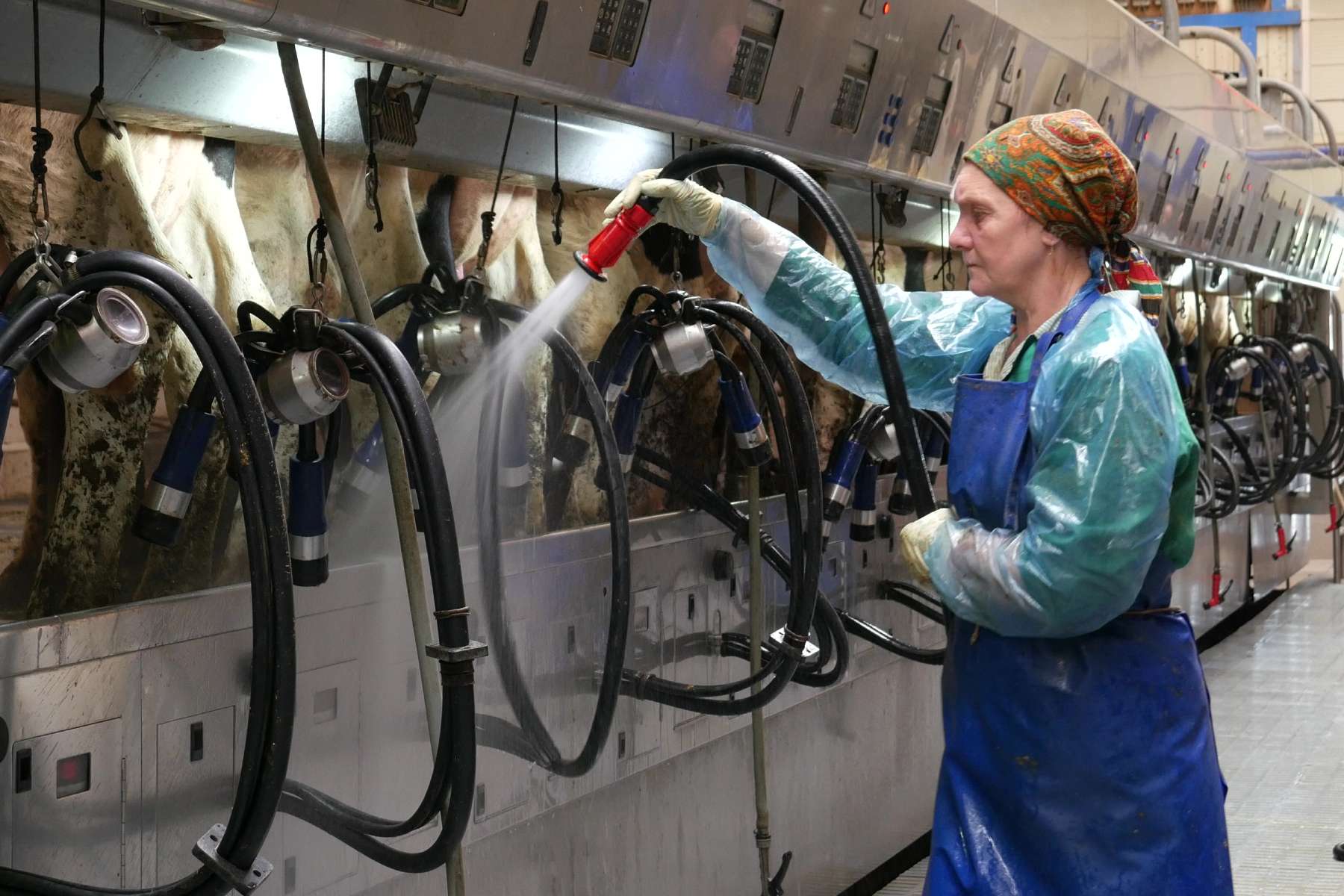The success of the farm depends on the staff

Over the past month, we talked to a large number of consultants, experts and professionals in the dairy industry and came across an opinion that we fully share. The success of the farm depends to a large extent on the work of the staff.
Process automation, monitoring, digital transformation, analytics and forecasting are really great initiatives, but they seem like a waste of time and money if, in the end, the staff is working in bad faith or are not well qualified.
We completely agree with the opinion that a farm in which the correct processes are built, managers skillfully manage, control and respond in a timely manner to emerging challenges, it is possible to work with minimal automation and without any complex analytics. But the larger the enterprise, the more difficult it is to control it, therefore automation cannot be avoided. The problem at this stage is that the staff may pay more attention to the indicators on the monitor rather than the real state of affairs. Keeping an eye on animals and quickly preventing problems is an essential skill to improve performance and create a welcoming environment for animals. Therefore, in our Dairy Production Analytics solution, we have provided a system for alerting staff via emails and SMS. Notifications are sent directly to the responsible employee, if he does not respond within the period of time provided for by the processes, then the notification comes to the manager, if the manager for some reason ignored this message, then the notification is sent to the manager or owner of the farm.
The most common examples of such notifications are:
1) Probably everyone knows that in Russia there are frosts in winter, and in central Russia the climate is such that with high humidity, temperatures of the order of -23C can feel like -30C. And if they forgot to close the gate in the barn, then the animals freeze and milk yield falls. By monitoring the weather and performance inside the barn, we send appropriate notifications to the staff, which allows us to react quickly and not reduce production volumes. Without such notifications, the staff would be looking for the reasons for the drop in milk yield and be puzzled.
2) At the same time in summer, when it gets hot, we send notifications, as we measure THI. Not all farms have a ventilation and cooling system, but analytics on this indicator is an argument for purchasing them.
3) In order to keep the milk from falling, it is necessary to provide the animals with a regular milking cycle, therefore we send notifications to the staff that the interval between milkings has been exceeded. We can also track the losses that were incurred as a result of this deviation and identify personnel who violate the technology not for the first time.
4) We also measure water consumption and when we see that the volumes are decreasing, we send notifications. This often means that the drinking bowls are dirty and if they are cleaned in a timely manner, the milk volume does not decrease according to the data received from our customers.
Thus, our approach to process management in dairy farming allows us to quickly respond to emerging problems, reduce risks and increase production volumes. As a result, the staff begins to approach work more responsibly and understands that thanks to the monitoring and analysis of their work, everyone can contribute to production and receive remuneration for this. The most important benefit from this process is obtained by animals, which is reflected in their health and the quality of the milk produced. Healthy animals also reduce gas emissions and protect the environment. And we, as the end consumers of milk, can get the highest quality products.
Separately, we would like to note the importance of training and advanced training of farm personnel, but we will talk about this in the following materials.
Ci sono domande?
Contattate i nostri esperti per saperne di più
